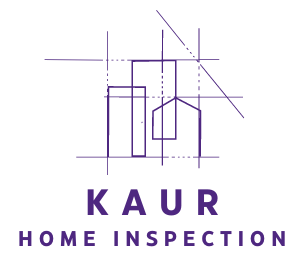Mold and moisture problems can significantly impact a home’s structural integrity, air quality, and overall safety. A thorough home inspection can help identify potential risks before they become costly repairs. Here’s what a home inspector looks for when assessing mold and moisture issues.
1. Signs of Moisture Intrusion
Moisture is the primary culprit behind mold growth. A home inspector will check for:
- Water Stains – Discoloration on walls, ceilings, and floors indicating past or ongoing water leaks.
- Peeling or Bubbling Paint – A sign of trapped moisture within walls.
- Warped or Buckled Flooring – Can indicate persistent water exposure.
- Condensation Buildup – Excess moisture on windows or pipes suggests humidity issues.
2. Common Areas Prone to Mold Growth
Mold thrives in damp, dark environments. Key areas an inspector will examine include:
- Basements and Crawl Spaces – Poor ventilation and high humidity make these areas prime for mold.
- Bathrooms and Kitchens – Persistent moisture from showers, sinks, and dishwashers can lead to mold formation.
- Attics – Roof leaks and poor ventilation can contribute to mold growth.
- HVAC Systems – Mold spores can spread through ductwork if moisture accumulates in the system.
3. Checking for Musty Odors
A strong musty smell is often a clear indication of mold. Even if mold is not visible, an inspector will take note of any odors and investigate further.
4. Identifying Structural Damage
Long-term moisture issues can weaken a home’s foundation and structure. Inspectors will look for:
- Rotting Wood – Beams, floorboards, and window frames compromised by moisture.
- Cracks in the Foundation – May allow water to seep in and create mold-friendly conditions.
- Deteriorating Insulation – Wet insulation loses effectiveness and can harbor mold.
5. Testing for Moisture Levels
Inspectors use specialized tools to detect hidden moisture issues, including:
- Moisture Meters – Measure the level of moisture in walls, ceilings, and floors.
- Thermal Imaging Cameras – Identify temperature variations that indicate hidden leaks.
- Hygrometers – Assess humidity levels in different areas of the home.
6. Recommendations for Mold Prevention
If mold or moisture problems are found, a home inspector may suggest:
- Improving Ventilation – Using exhaust fans in bathrooms and kitchens to reduce humidity.
- Sealing Leaks – Fixing plumbing leaks, roof leaks, and foundation cracks to prevent water intrusion.
- Using Dehumidifiers – Controlling indoor humidity levels to discourage mold growth.
- Cleaning and Maintenance – Regularly checking for mold-prone areas and keeping them dry.
Final Thoughts
A comprehensive home inspection is essential in detecting and addressing mold and moisture issues before they escalate. Whether you’re buying or selling a home, ensuring a mold-free environment is crucial for health, safety, and property value.
At Kaur Home Inspection, we specialize in identifying mold and moisture concerns to keep your home safe. Contact us today for a professional home inspection!
